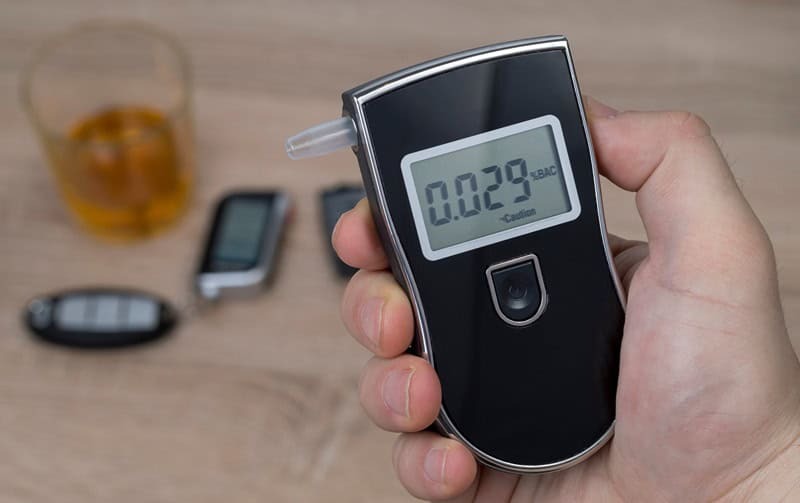The Printed Circuit Board (PCB) is one of their most highly valued elements of their technology. It facilitates the operation of indispensable devices, which enhance outcomes for patients and medical treatment. PCBs are at the heart of the new developments in modern healthcare, which run from simple monitors to highly sophisticated surgical robots.
PCBs are small but powerful. They promote quick signal transmission and reliable power supply and intelligent control. They come in handy, or a lot of nowadays’ medical equipment would no longer exist.
What is PCB?
A Printed Circuit Board (PCB) describes a flat sheet that has the circuitry designed for a particular layout. Such elements as chips, resistors, and wires compose parts of it. Electrical pulses circulate in pathways of copper on the PCB. PCBs allow communication and control of the electronic components’ power supply. Medical devices have rather inflexible PCB criteria for operation. They should also be hygienic, protective, and guarantees are supposed to be dependable.
PCBs in Diagnostic Devices
PCBs form an important part of many health-checking devices. These gadgets are created to provide accurate and timely results.
Examples include:
- ECG devices are used to observe patterns of the movement of the heart.
- Magnetic Resonance Imaging (MRI), Computerized Tomography (CT) for body imaging engines.
- Blood analyzers for lab tests
- Ultrasound devices for pregnancy scans
The PCBs in these devices are geared towards events of fast data streams and strong signals. This guarantees that all the gathered information is reliable. Learn more.
PCBs in Monitoring Equipment
Monitors are instruments that healthcare providers use to monitor conditions in their patients. These gadgets need to be always allowed to work. PCBs are contributing to maintaining stability and safety for these monitors.
Some of these are:
- Heart rate monitors
- Blood pressure machines
- Oxygen sensors
- Patient alert systems
It is through PCB that these tools can share live data immediately. It updates all hospital staff.
PCBs in Treatment Equipment
Numerous machines detect and treat issues. Such machines require PCBs to control complex actions.
- Radiation therapy systems
- Dialysis machines
- Infusion pumps
- Pacemakers and defibrillators
These devices must be exact. PCBs regulate flow, timing and safety settings. Small mistake may affect the patient, PCB quality is therefore important.
The Importance of PCBs on Medical Devices
- Accurate Signal Transfer
PCBs transfer clean signals with minimal noise.
- Reliable Power Control
They regulate even power flow to each section.
- Real-Time Data Handling
They offer quick readings and fast updates.
- Miniature Design Support
These PCBs are accommodated in small wearable devices.
- Long-Term Use
Medical PCBs are long-lived, having few failures.
- Safe and Sterile
Special coatings are been used to prevent dust, heat, and moisture.
- Custom Fit for Each Tool
Device needs can be matched by PCBs. PCBs can be formed to suit device needs.
The Place Where You Can Find PCBs in Healthcare
- Hospital beds with sensors
- Digital thermometers
- Portable X-ray machines
- Smart insulin pumps
- Robotic surgery arms
- Wearable health trackers
- Smart pill dispensers
All the uses have PCBs to work smoothly and safely.
Special PCBs for Medical Use
PCBs are not all alike. In healthcare, they have to meet the standard se, high. These boards:
- Use biocompatible materials
- Handle high-speed signals
- Resist shock and moisture
- Pass FDA and ISO rules
- Some PCBs are even flexible.
Trends in PCBs In Medicine.
Medical tech is growing fast. So, PCBs must evolve too. New trends include:
- Smaller boards for tiny implants
- Wireless PCBs for remote care
- Eco-friendly materials for cleaner production
- Flexible PCBs for soft medical patches.
- PCBs will drive future medical wonders- from brain chips to nano-sensors.
Conclusion
PCBs form the main foundation of modern medical devices. They assist doctors to monitor, diagnose and treat accurately. PCBs are everywhere in healthcare from hospital tools to home devices. PCBs will become more complex alongside tech. They will be instrumental in saving more lives and offering better diagnoses to all.








